Men aged 20-34, with undescended testicles or a family member with testicular cancer are at high risk.
Testicular cancer is rare, accounting for about 1% of all cancers in men. It tends to affect only younger men. According to the American Cancer Society (ACS), in the US in 2020, about 9,600 men were diagnosed with the disease. In the UK, about 2,300 men get testicular cancer each year.
There is no screening test so detection depends largely on common symptoms such as testicular lump, scrotal heaviness, testicular pain, fatigue, lower back pain, unexplained weight loss. Some cases have no symptoms and are only diagnosed during a reproductive health check or routine health check.
Below are risk factors that increase men's risk of developing the disease.
Undescended testicles: This is a condition in which one or both testicles fail to move from the abdomen into the scrotum before a boy is born. According to the ACS, about 3 percent of baby boys are born with undescended testicles.
Men with this condition have a risk of testicular cancer many times higher than normal people. The risk is increased in men whose testicles are located in the abdomen compared to men whose testicles have moved partially down.
Men with this defect need surgery to move the testicles down into the scrotum. Experts recommend that surgery be performed as soon as the child is one year old to avoid affecting physiology and fertility.

A doctor from the Department of Andrology, Center for Urology - Nephrology - Andrology, Tam Anh General Hospital, Ho Chi Minh City, visits a patient after surgery. Photo: Thang Vu
Genetics : Men whose father or brother has had testicular cancer have a higher-than-normal risk of developing the disease. Klinefelter syndrome, a genetic condition that causes hypogonadism and infertility in men, is also linked.
Age: About half of testicular cancers occur in men between the ages of 20 and 34. However, the disease can affect people of all ages, including infants and older men.
History of cancer in one testicle : About 3-4% of men who have been cured of cancer in one testicle have a recurrence of the disease in the other.
The most common sign of testicular cancer is a lump in one or sometimes both testicles. The lump is usually painless, can be mobile or stationary, smaller than a pea but can be larger than a marble, and feels hard like a rock.
If a tumor is detected in the testicles, men should see a urologist soon for an accurate diagnosis. According to the ACS, if treated promptly, stage 1 testicular cancer has a 5-year survival rate of about 99%, with stage 3 being 74%.
Mr. Ngoc (According to Verywell Health )
Source link



![[Photo] Binh Trieu 1 Bridge has been completed, raised by 1.1m, and will open to traffic at the end of November.](https://vphoto.vietnam.vn/thumb/1200x675/vietnam/resource/IMAGE/2025/10/2/a6549e2a3b5848a1ba76a1ded6141fae)






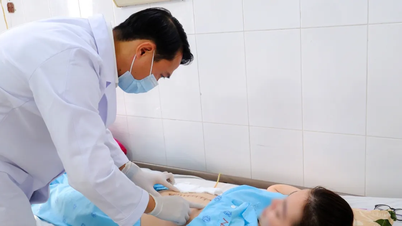






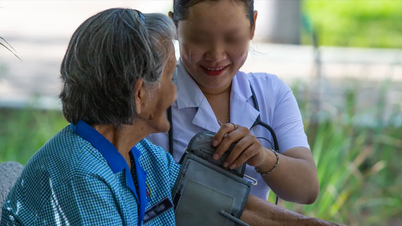





























































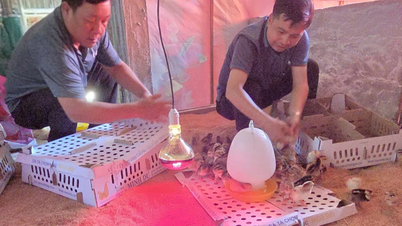



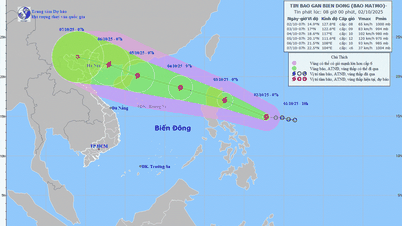


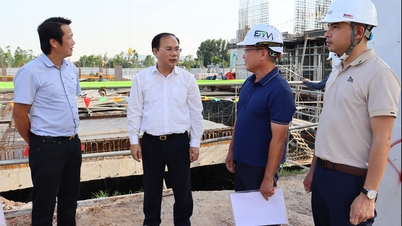















Comment (0)